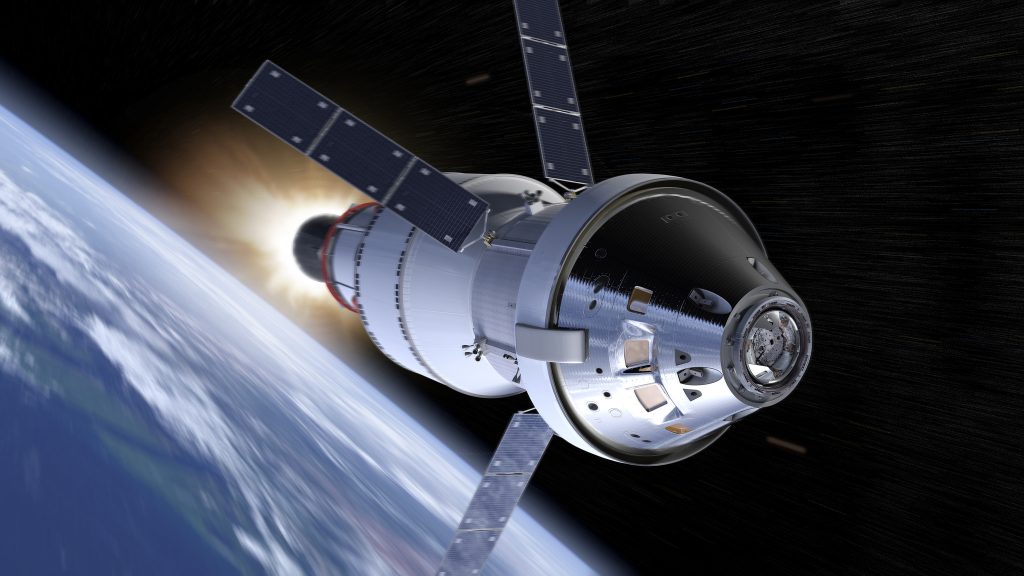By: Ryan Wolfe on January 2025

We are getting closer to the Artemis II mission that will send humans back to the Moon once again after nearly 53 years. There is another delay in progress since there are some heat shield complications that the Orion crew is trying to work out. NASA deputy administrator Pam Milroy needs to work on the “skip reentry” so when the rocket comes into low orbit, it won’t burn up as badly as on previous missions. This mission has been anticipated since the first Trump administration when former VP Mike Pence declared that the U.S needs humans back on the Moon by 2024. The timeline has slightly shifted, but the plan is coming to fruition within the next couple of years if all goes according to plan.
The Artemis II mission is supposed to set up the Artemis III mission that will have humans actually stepping foot onto the lunar surface of the Moon. Humans haven’t been in this territory in quite a while, so there will definitely be some hiccups along the way before the mission sets off in the next 2-3 years. The SLS program might be another factor in forbidding another mission back to the Moon due to billions of dollars in costs. Trump’s new head of NASA, Jared Isaacman, is ensuring that we will get back to the Moon with private companies leading the charge. A lot of speculation is being tosses around when it comes to these missions, so all we can do is sit back and watch what happens next.
NASA’s budget has fallen dramatically over the last 5 decades because the government has lost interest in space since we did a few missions on the Moon already, and the Soviet Union (who was our main competitor) eventually collapsed. NASA’s budget was 5% of the federal budget back in the late 1960s, and it fell to around 0.5% of the federal budget over the last 20 years. Obviously, money isn’t going to fix the entire situation when it comes to Artemis II and III. More public trust must be put into these kinds of missions, especially for missions to Mars and Jupiter’s moon, Europa. Missions like these will help to study water supply on other moons and planets to see if they support life. Indications that humans could move there, or if water supply could help us back on Earth.
Most public perceptions about returning to space are rather mixed due to growing concerns for climate change here on Earth. How can we balance governmental budgets with highly expensive rockets and try to fix our own planet at the same time? I think there is a way to balance both fields, but we’re going to need help from private companies and other nations. I don’t want the rich to be able to escape and leave us in the dust, so they must be transparent in their actions and stay loyal to Earth first and foremost.
A united front on the global stage is needed too, nations like India and China need to be aware just like the U.S about their pollutive power in the world. If they start to make some measures to fight climate change, then we could start to shift Earth’s trajectory. Along with that, if most nations came together for a global space fund and paid more attention to space travel, we could be on the Moon and Mars in no time. We’re falling short of our goals because we’re being too isolated, global cooperation and not competition is the way to go here.
A balanced effort in helping Earth’s citizens thrive by reaching the stars is the equilibrium we need. Going back to space could be a way to bring the world together and dream big once again. Science is a glorious tool we need to embrace again and not tear it down for every little miscalculation. Data and information are changing all the time, and the public needs to understand how science works. Once we get science on track, the sky won’t be the limit, the stars will be.
